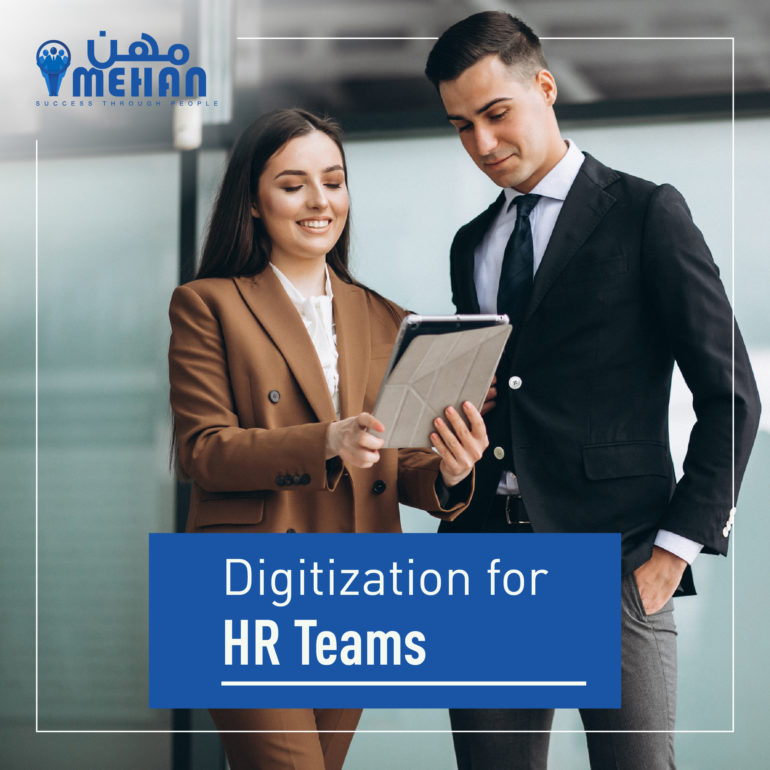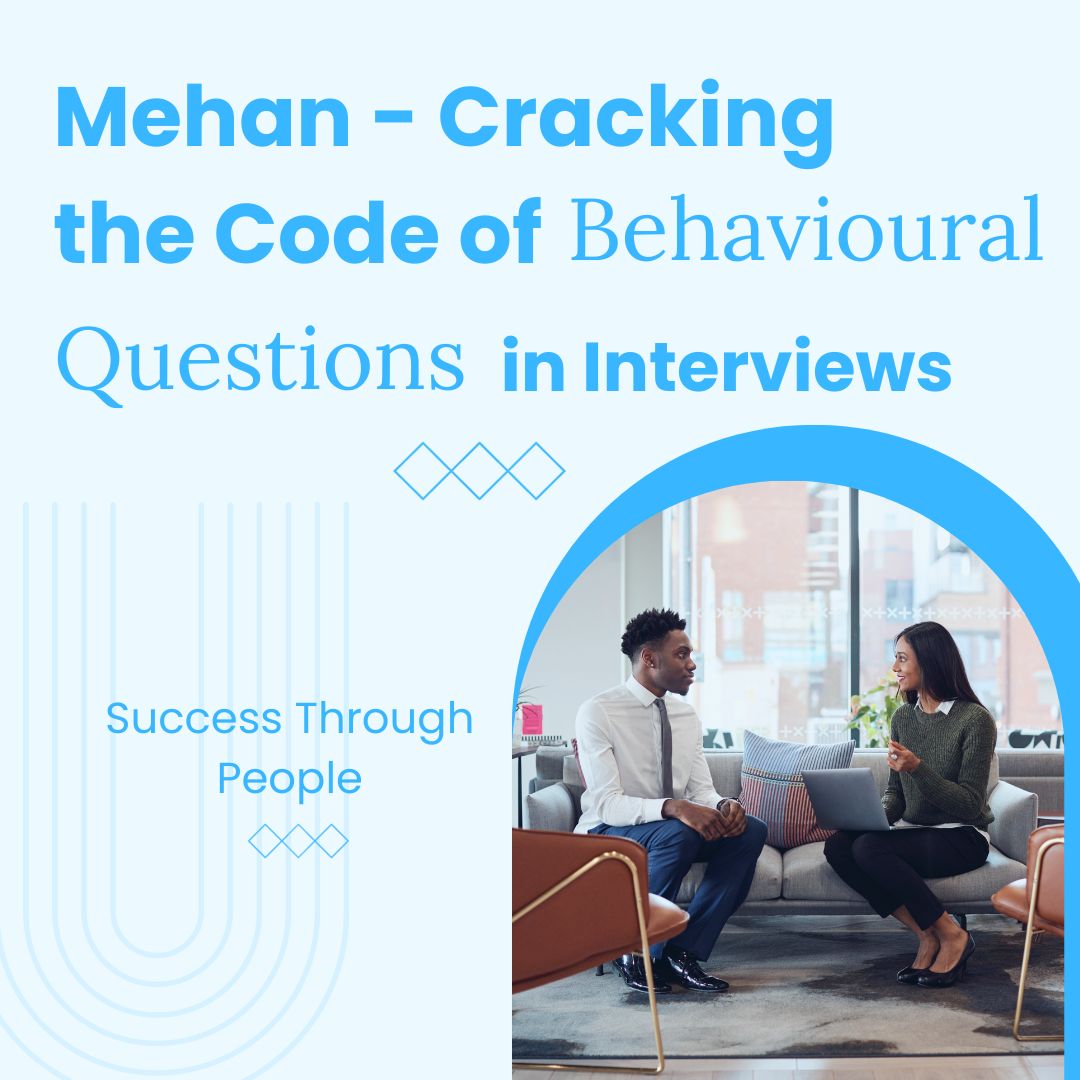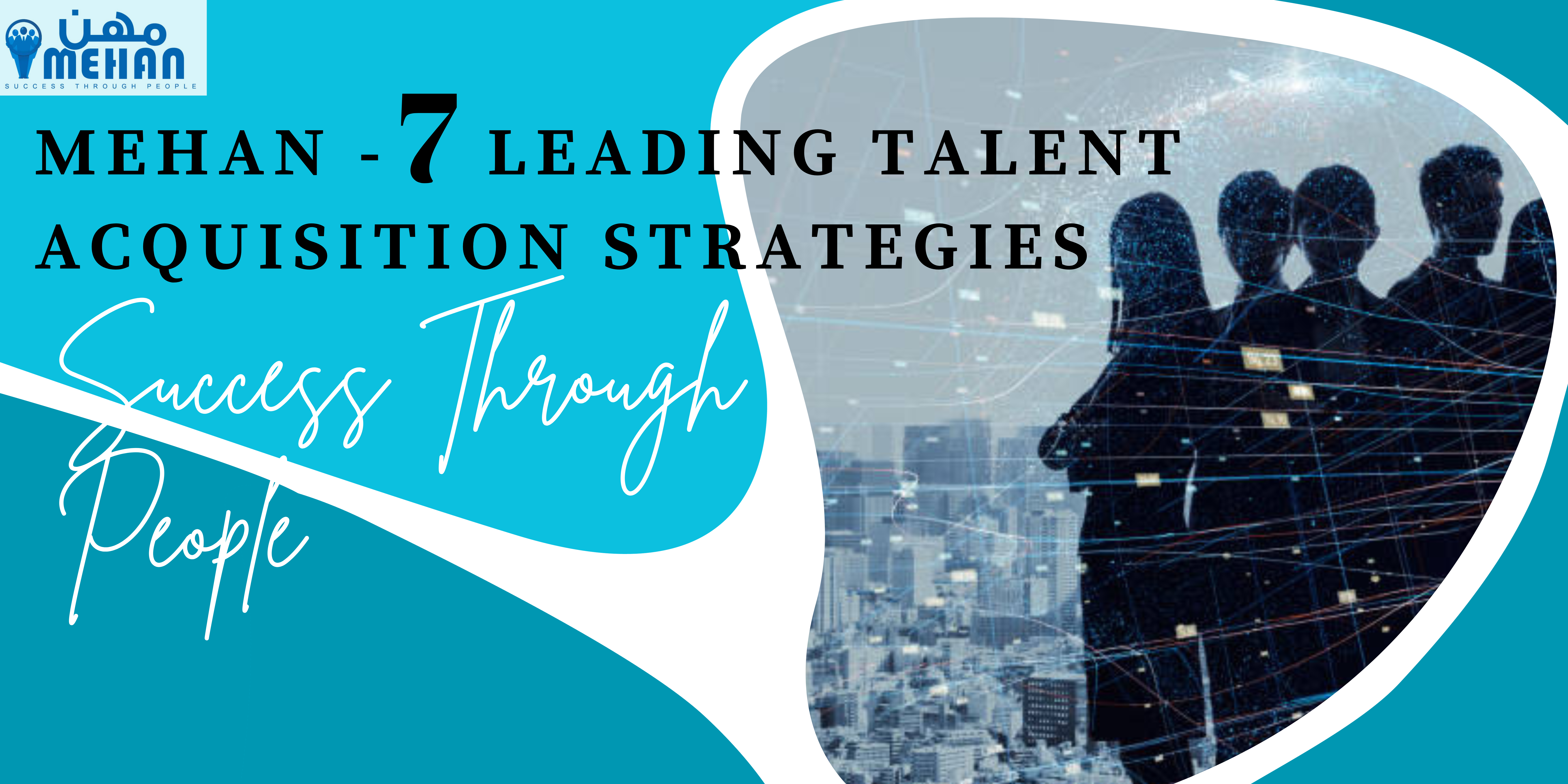
Digitization is the process by which pen and paper solutions are replaced by digital solutions. Such as using a Note-taking app on your mobile device or computer instead of a pen and a notepad. There are two aspects to this change when you think of it on a broad scale. One, Digital integration into the ways we work using modern tools that were developed in the last 40+ years, i.e., the advent of computers, the internet, and mobile devices.
Secondly a horizontal integration of various tools in the business. For example, in HR, we have the Applicant Tracking System (ATS), which we use for recruitment processes. Say, you hire someone that qualifies in 4 out of 5 categories, the 5th criteria may be something that can be developed or acquired over the course of their employment, such as Project Management or Leadership. The candidate may be proficient in the other four fields while the fifth one may be something they are yet to master and shows immense promise in. Horizontal integration is when you marry this ATS with the Learning Management System (LMS). If this is the case, when the new employee starts at the company, the LMS pops open their system showing the message that says, “You need to improve on your ‘Project Management’ skills”. That kind of horizontal integration between tools is one of the key driving forces and the seamless integration of digital in the way we work is the other driving force.
HR needs to be able to coordinate and drive this process and build the capabilities to enable the integration. Another example of Digitization is Automation. This, as you know, is the process of ensuring that all the things in a business that is repeatable become scalable and carrying them out digitally. Automation is about displacing humans out of menial jobs and reducing errors and increasing efficiency by letting two different systems communicate with each other.
Different HR Capabilities for HR Professionals
Digital Integration, in HR, is about being aware of what is going on in the world of technology both in and out of the organization and then looking for ways to integrate it into your practices to create an impact on your objectives and the business. To illustrate this vague definition further, let us look at the three elements it encompasses.
1. The Digital Culture Builder:
As an HR professional, you must build a digital culture, not just within the HR department, but also across the organization. If you take stock of the skills gap in your company, you will find the dearth of digital skills or the ability to work with various digital tools.
2. Technology Awareness:
Being aware of the technological changes outside your immediate purview is about maintaining your competitive edge in the business world. Technological Awareness for HR personnel means the hyper-awareness of the technologies outside as well as the within HR.
3. Technology Embedder:
Embedding more technology or increasing digital capabilities is the means to create a more efficient and effective HR process. This means that HR will be able to reach its goals fast (efficient) but can also work in a more goal-oriented (effective) method. The faster the goals you set for yourself, the more goals you can work on to try to achieve.




